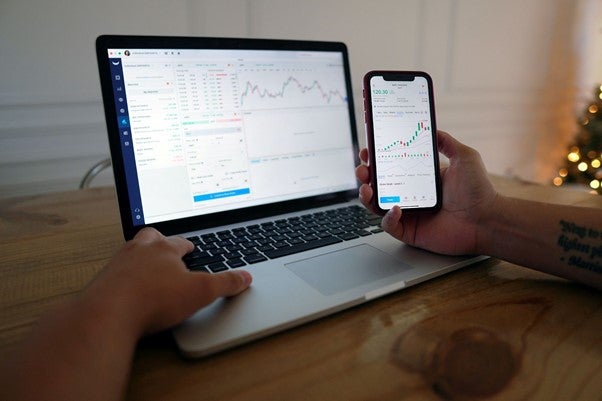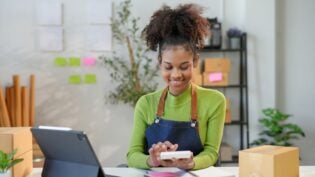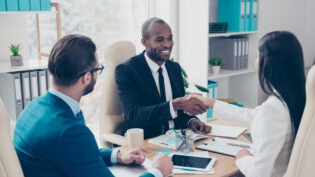
The Forex market is the biggest and most volatile market worldwide, with a daily trading volume that tops $6.5 trillion, according to the 2019 Triennial Central Bank survey.
 In such volatile and aggressive market conditions, every trader needs to have a proper risk management structure in place to minimize their eventual capital losses.
In such volatile and aggressive market conditions, every trader needs to have a proper risk management structure in place to minimize their eventual capital losses.
In that regard, every single trade to be completed needs to have a buyer and a seller, and each must submit an order to buy or sell. This brief article will cover the main types of Forex orders utilized in Forex trading and how they can help you dodge market uncertainties and increase your chances of successful trading opportunities. But first, let’s see what a trade order really is.
What Are Trading Orders?
In a nutshell, in Forex, placing an order in trading refers to how you will instruct your broker to buy or sell an instrument on your behalf. Nevertheless, in the modern-day trading world we currently live in, the days of calling your broker on the phone to execute a trade on your behalf are over. Nowadays, you need to do everything yourself, including placing trading orders on the market.
Although there are different types of Forex orders that we’ll cover below, all of them are based on the same principles – whether you’re buying or selling, the size of the trade, the price of the transaction, and the time when the trade should be placed.
So, if you’re eager to know what a buy stop order in Forex or a buy limit order in Forex is, please continue reading as below. We’ll explain the different types of Forex orders and how they can help you gain profits on the market.
The Different Types Of Forex Trading Orders
These are the 4 different types of Forex trading orders:
- Market orders
- Limit orders
- Stop orders
- Stop-limit orders
Market Orders
To begin with, market orders are the most prevalent kind of orders utilized in the Forex market. They are performed on an actual-time basis when set. These orders automatically search for the optimum price available in the market and reserve your trade order at that particular price.
However, since the prices on the market are altering so quickly, it’s likely that the market order will be completed at a moderately different cost than what the trader intended to, something that’s dubbed as slippage in market jargon.
Each placed market order becomes an open position instantly. As such, profits and losses that accumulate on this type of order have to be realized only when the position is closed.
Limit Orders
Each limit order practically instructs the broker to buy or sell a financial instrument at a specified price, but there’s no guarantee that the order will be fulfilled.
In other words, limit orders empower you to state precisely how much you’re willing to sell or buy a currency for. Moreover, you can set a specific expiry time for your order or leave the default setting known as GTC, or good-til-canceled, which means the order will remain open until the trade gets executed.
Buy limit Forex order means placing a trade at or below a defined price. In the same way, sell limit Forex order means executing a trade at or above the specified price.
Stop Orders
Stop orders are generally utilized to enter the market at a less favorable price. In the event of a buy-stop order, the order gets placed above the current market price, and in the case of a sell-stop order, the order gets placed below the current market price.
In fact, the most common use of stop orders for trading is the stop-loss order, a type of order used by traders as a means of risk management because it enables them to limit their losses and exit a trade if the market moves against them.
Stop-Limit Orders
Finally, traders also use stop-limit orders to limit their eventual losses or protect their gains. These types of orders combine the features of stop orders and limit orders.
A sell stop Forex limit order is usually placed at a stop price below the market price and will trigger only if the price is at or lower than the specified stop price. On the other hand, a buy stop Forex limit order is set at a stop price exceeding the current market price and will trigger if the price is at or higher than the given stop price.
Once triggered, the stop-limit order turns into a limit order at the specified limit price, and execution may not happen if the market price moves away from the determined limit price.
Final Thoughts
In the end, you should know that Forex trading is a “high-risk high-reward” business, but the potential possibilities are what make Forex trading irresistible.
In that regard, you should explore and implement the aforementioned Forex orders in your trading strategy. They can certainly help you stop the unpredictable, prove as an accurate safety measure, and help you gain some serious profits on the market.
1738 Views














